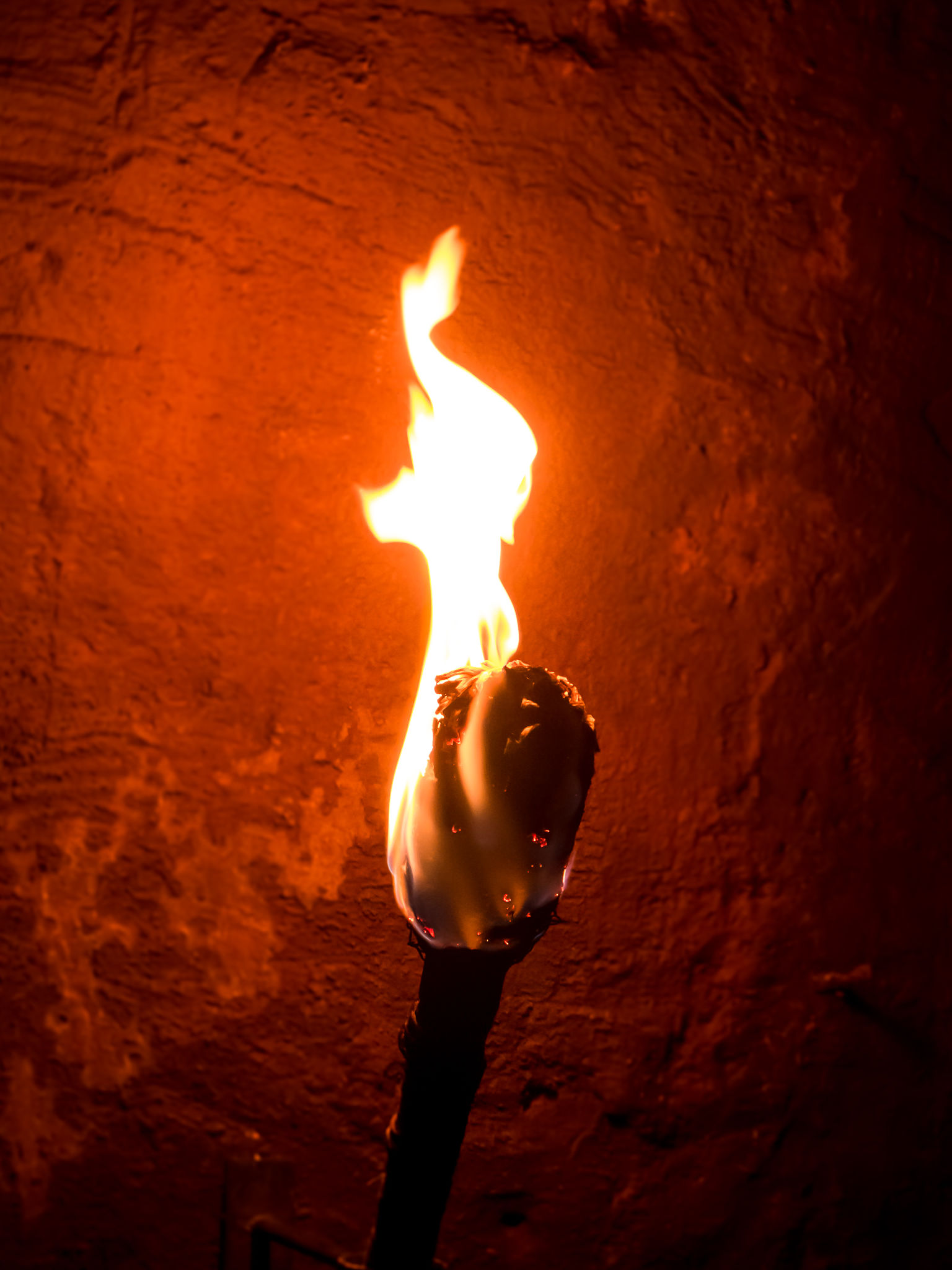Debunking Common Myths About Welding Supplies
Understanding the Realities of Welding Supplies
Welding is a critical process in various industries, from construction to automotive manufacturing. Despite its importance, there's a lot of misinformation surrounding welding supplies. This blog post aims to debunk some of the most common myths and provide clarity on what you really need to know.
Let's dive into some of these misconceptions and separate fact from fiction to help you make more informed decisions when purchasing welding supplies.

Myth 1: All Welding Helmets Are the Same
A common misconception is that all welding helmets offer the same level of protection. In reality, welding helmets vary significantly in terms of features and quality. While all helmets are designed to protect your eyes from harmful rays, not all offer the same degree of comfort and visibility. The best helmets have adjustable shade levels and are made from lightweight materials to reduce neck strain during long welding sessions.
When choosing a welding helmet, consider features like auto-darkening, which instantly adjusts the shade based on the brightness of the arc. This feature can improve both safety and efficiency by allowing you to keep your focus on the task at hand.
Myth 2: Cheap Welding Gloves Are Just as Good
Another myth is that inexpensive welding gloves provide adequate protection. While budget-friendly options might seem appealing, they often compromise on quality and durability. Cheap gloves may not offer sufficient heat resistance or flexibility, which are crucial for effective welding.
Investing in high-quality gloves made from materials like leather or Kevlar can provide better protection and comfort. These materials are known for their heat-resistant properties and durability, ensuring that your hands remain safe during prolonged exposure to high temperatures.

Myth 3: All Welding Rods Work for Any Project
Welding rods are not one-size-fits-all. Each type of rod is designed for specific applications and materials. Using the wrong rod can result in poor weld quality, increased spatter, and even equipment damage. It's essential to choose the right rod based on the material you're working with and the type of weld joint you need to create.
For instance, mild steel requires a different rod than stainless steel or aluminum. Consult with a welding supply expert to ensure you’re using the correct rod for your specific project needs.
Myth 4: You Don't Need Specialized Equipment for Different Metals
Many believe that a single welding machine can handle all types of metals. However, welding aluminum requires different techniques and equipment compared to steel. Aluminum's low melting point and high thermal conductivity mean it needs specialized equipment like a TIG welder for effective results.

Understanding the properties of different metals and using the appropriate equipment ensures stronger welds and reduces potential defects. It’s worth investing in specialized tools if you frequently work with a variety of metals.
The Importance of Reliable Welding Supplies
Reliable welding supplies are essential for producing high-quality work and ensuring safety. By debunking these myths, you can make more informed decisions about which products to invest in based on your specific needs and projects.
Always prioritize quality over cost when it comes to your safety and the durability of your welds. Consult professionals or reputable suppliers when in doubt, and stay informed about the latest advancements in welding technology.
